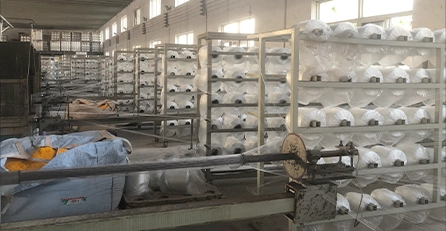hvac vacuum hoses
Understanding HVAC Vacuum Hoses Their Role and Importance
Heating, Ventilation, and Air Conditioning (HVAC) systems are vital for maintaining comfortable indoor environments in residential and commercial spaces. One of the crucial components in the maintenance and servicing of these systems is the use of vacuum hoses. Understanding vacuum hoses and their function can significantly enhance the efficiency and longevity of HVAC systems.
What Are HVAC Vacuum Hoses?
HVAC vacuum hoses are specially designed tubes used to create a vacuum in the internal components of HVAC systems, such as air conditioners, heat pumps, and refrigerant lines. These hoses are typically made from durable materials that can withstand various environmental conditions, chemicals, and temperature fluctuations. Their primary function is to remove air and moisture from the system, preventing harmful contaminants from affecting performance.
The Importance of Vacuuming in HVAC Systems
Vacuuming HVAC systems is a critical step in various processes, including system installation, maintenance, and repair. This step ensures that any moisture or air trapped inside the refrigerant lines is eliminated. When moisture enters the refrigerant circuit, it can lead to serious issues such as acid formation, compressor failure, and decreased efficiency. Therefore, using vacuum hoses to create a deep vacuum is essential for protecting the integrity of the system.
How to Use HVAC Vacuum Hoses
hvac vacuum hoses

To effectively use vacuum hoses, HVAC technicians typically follow several steps. First, they connect the hoses to the system’s service ports. One hose is connected to the vacuum pump, while the other is connected to the refrigerant line. Once securely attached, the vacuum pump is activated, creating negative pressure in the system. This process allows moisture and air to be drawn out through the hoses.
During the vacuuming process, it is vital to monitor the vacuum gauge. A complete vacuum should reach at least 500 microns. If the gauge does not hold steady at this level, it may indicate leaks or residual moisture, which need to be addressed before proceeding. Once the desired vacuum is achieved and held, technicians can safely disconnect the hoses and proceed with refilling the system with refrigerant.
Common Issues with Vacuum Hoses
While vacuum hoses are robust, they can encounter issues that may hinder their performance. Common problems include kinks or bends, which can restrict airflow and reduce efficiency. Additionally, wear and tear over time may lead to leaks, making it crucial to regularly inspect hoses for any signs of damage. If a hose is compromised, it should be replaced immediately to maintain system integrity.
Best Practices for Maintenance
Maintaining vacuum hoses is essential for ensuring their optimal performance. Technicians should regularly check for wear and replace any damaged hoses. It is also advisable to clean the hoses and connectors after every use to prevent contamination. Storing hoses properly, avoiding exposure to extreme temperatures and chemicals, can help prolong their lifespan.
In conclusion, HVAC vacuum hoses play an integral role in the maintenance and servicing of HVAC systems. By understanding their significance and adhering to proper usage and maintenance practices, technicians can enhance the efficiency and reliability of heating and cooling systems. Investing time in the proper care of vacuum hoses not only protects the system but also ensures that indoor environments remain comfortable for occupants.
-
Top Quality Oxy Acetylene Hoses for Sale Fit for Welding DemandsNewsJul.28,2025
-
The Future of Pneumatic Air Tubes in IndustryNewsJul.28,2025
-
Superior and Reliable LPG Hose Pipe Solutions for Every NeedNewsJul.28,2025
-
Exceptionally Durable and Versatile Premium Braided PVC TubingNewsJul.28,2025
-
Best Adapters for Connecting Garden Hose to PVC Pipe ConnectionsNewsJul.28,2025
-
The Essential Role of LPG Hoses in Safe and Efficient Gas DistributionNewsJul.16,2025














